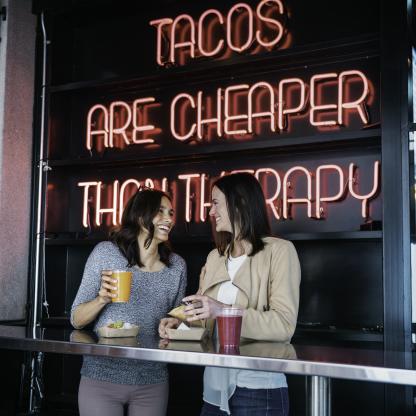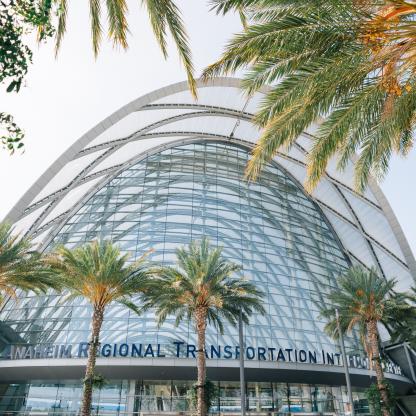Attendee Safety
Home to the largest convention center on the West Coast, Anaheim prioritizes the safety of attendees on all fronts. Here are a few reasons why meeting planners choose Anaheim to host their world renowned conventions and events annually.
How does Anaheim’s safety rank in comparison to other destinations?
- Anaheim's Safety Score ranks among the top four for US cities
(Northstar Meetings Group’s 2023 Convention Cities Index Interim Report, 2023) - Anaheim is ranked #1 in Safety Score on the West Coast.
(Northstar Meetings Group’s 2022 Convention Cities Index Interim Report, 2022) -
Advisor Smith listed Anaheim at #9 for “Top Safest Large Cities in the USA”.
(A study on the safest U.S. cities based upon data provided by the Federal Bureau of Investigation’s Uniform Crime Reporting Data Set, 2021) -
Anaheim was listed as 4th safest Metro Cities in America.
(MeetingsNet, 2019)
What does the Anaheim Convention Center do to ensure safety of convention attendees?
The Anaheim Convention Center’s on-site 24-hour security ensures a safe environment for your event. They work closely with city services including Anaheim Police as well as Anaheim Fire & Rescue. The convention center requires events to provide a security plan to ensure all safety concerns are discussed in advance.
How does the Anaheim Convention Center Campus promote safety in attendee experiences?
The Anaheim Convention Center Campus encompasses four world-class hotels, totaling 3,705 rooms just steps from the convention center, which means attendees can sleep, eat and meet without taking a car or crossing a street.
Just half a mile beyond the ACC Campus, attendees can find walkable options for dining, entertainment, shopping and other local experiences perfect for before-or-after meeting adventures.
Additionally, Anaheim Regional Transportation (ART) provides guest transportation assistants in the esplanade and around the Grand Plaza to ensure safe boarding on buses.
What health and safety guidelines are in place?
Anaheim and Orange County returned to business as usual with limited exceptions for mega-events.
Out of an abundance of caution, event organizers may choose to develop health and safety guidelines that are stricter than current public health guidance. Protocols set forth by event organizers are required since they are considered private events. Please check the event's website for more information.
City of Anaheim Emergency Management and Preparedness
Emergency management is a process that protects communities from hazards, or threats to life or property. This process involves four, often overlapping phases:
-
Prevention/Mitigation is the process of preventing a disaster, or minimizing the negative effects of unavoidable disasters. (Enforcing building codes, building levees to protect potential flood zones, etc.)
-
Preparedness involves actions taken prior to a disaster that facilitate a better response. (Training, conducting drills, developing plans, and acquiring resources to aid in response)
-
Response is the actual action taken during or immediately following a disaster to protect life and property. (Firefighters responding to a wildfire)
-
Recovery is the long-term process of restoring a community to the same conditions that existed prior to an emergency or better. (Providing physical and psychological support, and rebuilding damaged structures)
For the most up-to-date information please visit the City of Anaheim’s website.













